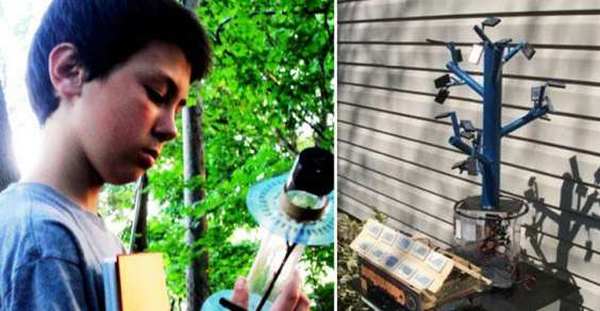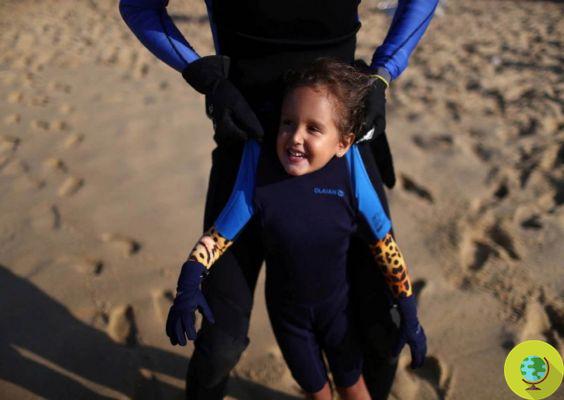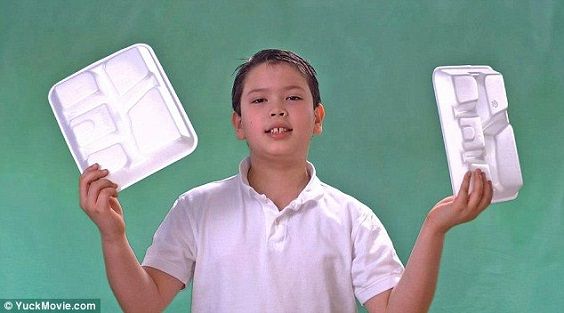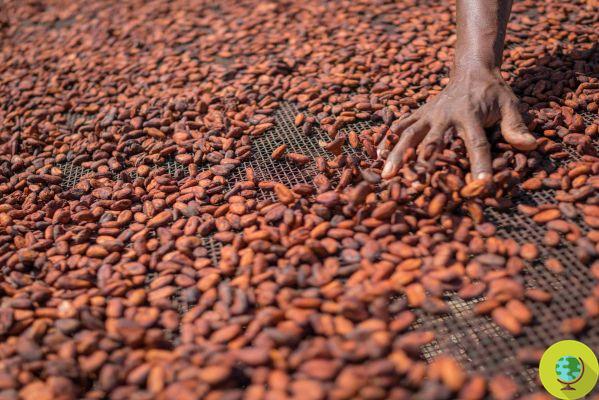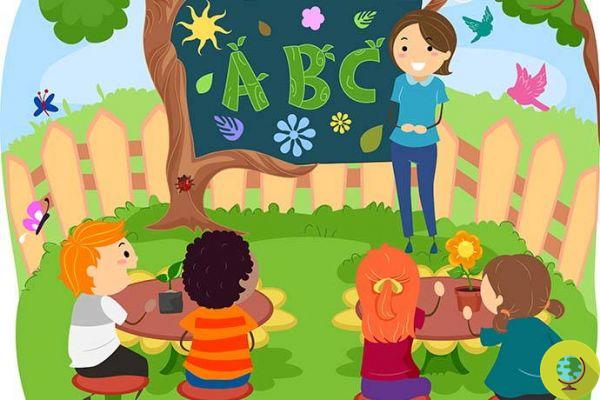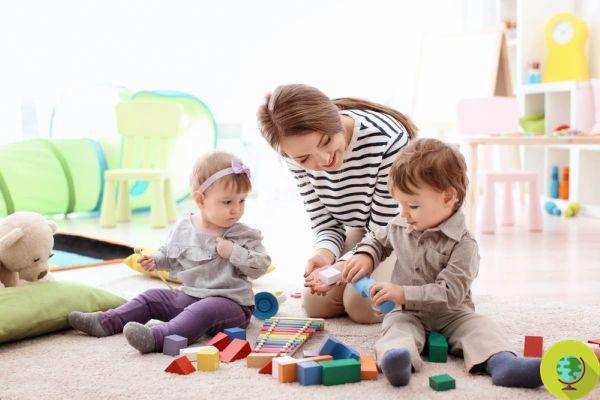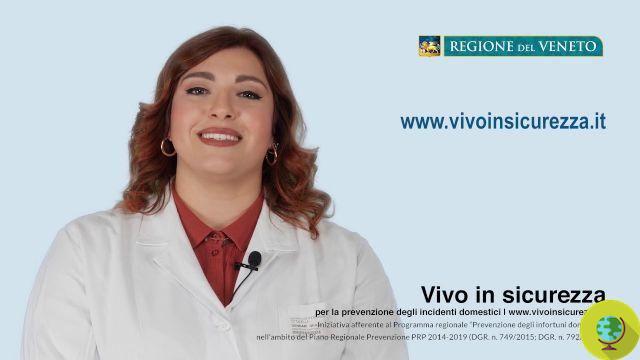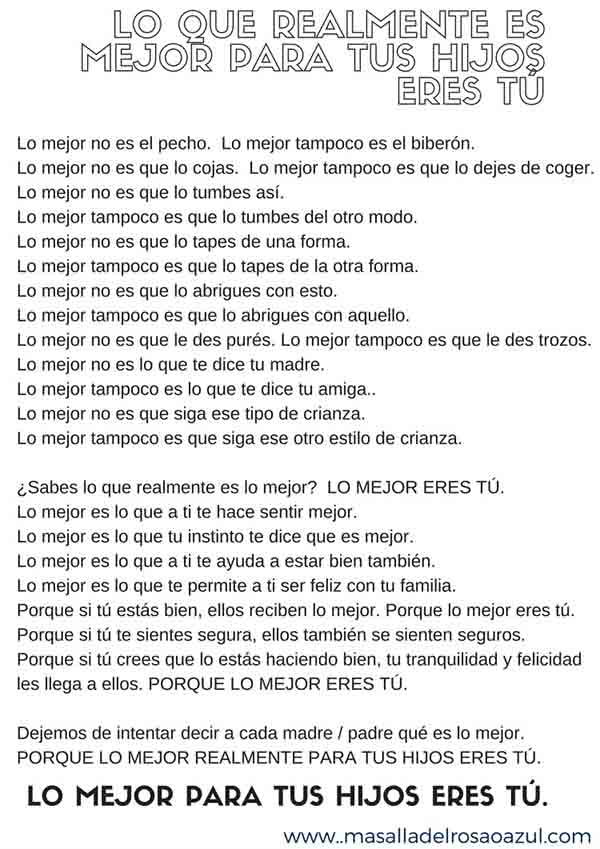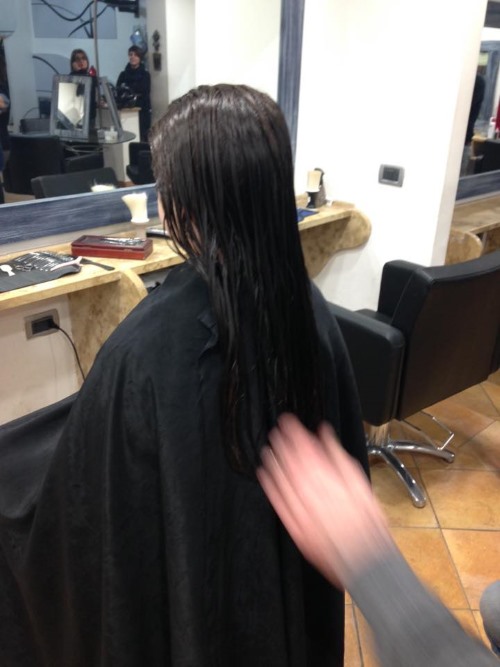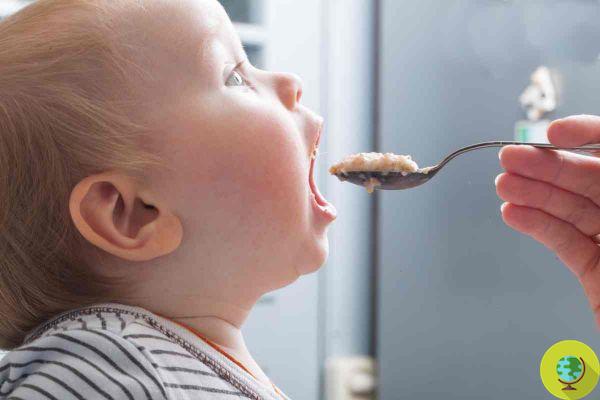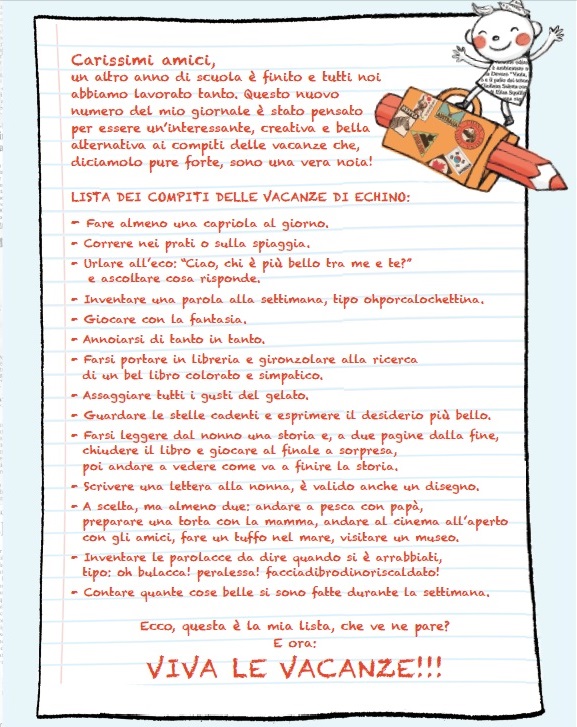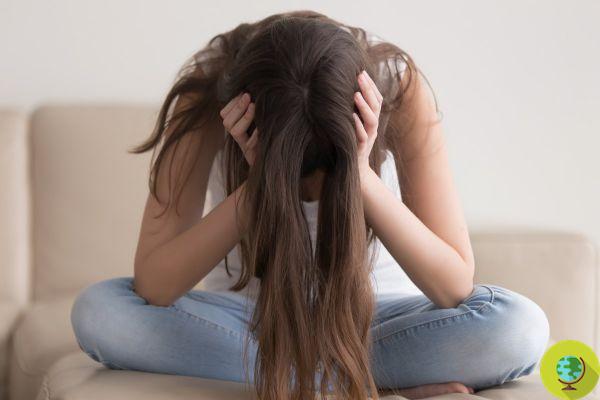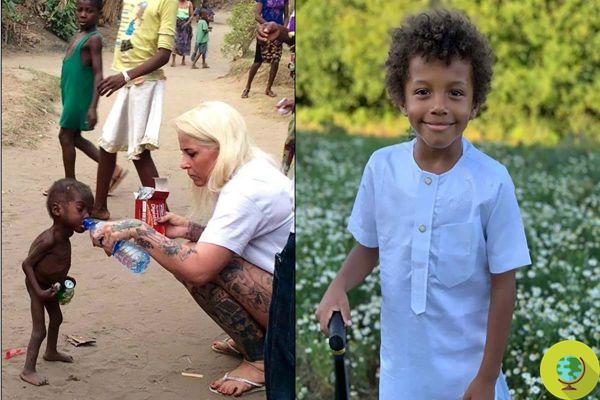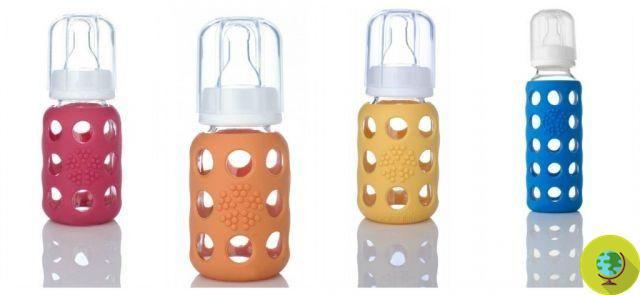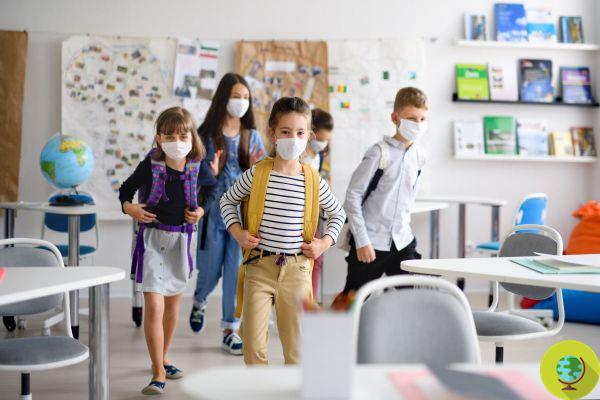What are the symptoms of chickenpox in babies? And what are the best remedies to relieve itching?
Do not keep avocado like this: is chickenpox dangerous, how to recognize it in children and how to relieve the annoying itch?
Chickenpox is an infectious disease caused by the virus Varicella zoster (Vzv), of the Herpes virus family. It is part of the so-called "exanthematous diseases”, Which manifest as a rash, may be associated with low fever or other systemic symptoms. Like measles, rubella, whooping cough and mumps, it is a more common disease in childhood and is transmitted only in humans. But what are the symptoms of chickenpox in children? And what are the best remedies to relieve itching?
In the majority of cases they affect the children between 5 and 10 years. Usually, the infection is benign to children and heals within a little over a week, but it can be more aggressive in adulthood. Once you contract chickenpox, you become immune, but after healing, the same virus can lead to the development, even many years later, of shingles or shingles.
Index
name="what-is-chickenpox-">What is chickenpox?
Chickenpox is one contagious infectious disease belonging to exanthematous diseases caused by a DNA virus, the Varicella zoster virus (VZV). With an incubation period of about 2 to 3 weeks before the onset of symptoms, it is characterized by the appearance of a maculo-papular rash (the so-called rash), low-grade fever and general malaise.
Especially in the early stages of the rash, chickenpox it is transmitted from an infected individual through droplets which can be emitted through coughing or sneezing or even through direct contact with a chickenpox or shingles injury. Infected people can transmit chickenpox as early as a day or two before the rash appears, and the contagiousness may persist even until the scabs appear.
Once the first red patches have appeared (the smudges), these, at first flat, become in relief (le papule), then almost immediately turn into vesicles, that is, they take the appearance of very small bubbles filled with liquid distributed throughout the body, but especially on the face, scalp and back. In the worst cases, blisters also occur inside the eyes, oral mucosa and vagina.
As soon as they appear, the vesicles are light in color and their contents are clear, but within a day, the liquid becomes cloudy and the vesicles take on a more whitish appearance. Furthermore, the lesions appear at different times, even after a few days from each other: the so-called "starry sky" which then indicates the different stages of evolution of the disease.
The final stage is the one in which the vesicles mutate and crust, which, after 7-20 days, will detach spontaneously without leaving scars. It is therefore obvious that at this stage you have to be very careful so that your children do not + begin to remove the scabs before time, then causing small permanent scars.
In children, chickenpox has no complications, while in adolescents and adults, complications can occur. The most frequent are:
- bacterial superinfections, the blisters turn into purulent pustules and there is a greater risk of scarring afterwards
- thrombocytopenia
- arthritis
- hepatitis
- meningoencephalitis
name="chickenpox-symptoms-and-how-to-recognize-it-">Chickenpox symptoms and how to recognize it?
It will not be difficult for you to understand that your child will have contracted chickenpox. Above all, then, if in the school he attends there are - species in the change of season from winter to spring - cases of this disease, it is good that you also expect it in your home. In any case, always refer to your pediatrician.
The first signs that will appear will then be the classics bubbles, which will mostly appear on the head, face and trunk. There may also be a fever, headache, and otherwise a general feeling of being unwell.
Later, as we said, the red, itchy blisters will turn into watery blisters and pustules and then scabs. In this final step, it would be helpful to remind your children of do not play with the scabs and do not let them fall out prematurely, worth scars for life.
In summary, the most common chickenpox symptoms are:
- skin rash that turns into watery blisters and pustules
- vesicles that tend to dry out
- severe itching
- low-grade fever and generally feeling unwell
- headache
- VARICELLA: SYMPTOMS, CONTAGION, DURATION AND REMEDIES TO RELIEVE THE DISEASE (PHOTO)
- VARICELLA: DECREASES WITH THE SUN
- FIRE OF SANT'ANTONIO: WHAT IT IS, CAUSES AND REMEDIES TO GIVE RELIEF
- MOUTH HANDS FEET: CAUSES, SYMPTOMS AND HOW TO RECOGNIZE THE DISEASE (PHOTO)
- HERPES ZOSTER: WHAT IT IS, SYMPTOMS AND HOW IT MANIFESTS
Chickenpox therapy and remedies to relieve itching
Generally, therapy is symptomatic only. To soothe the itch you can use a number of expedients such as sprinkle the skin with 1% mentholated talc, while many pediatricians also provide for the administration of antihistamines. If the fever is high, antipyretic drugs based on acetisalicylic acid (for example, paracetamol) are generally not recommended, because they would increase the risk of Reye's syndrome.
In order not to be gripped by itching, put on cotton linen, keep the nails of your hands clean and short and use neutral and delicate detergents with good INCI.
Other natural remedies to relieve itching:
- sodium bicarbonate, to be used diluted with water for bathing or to be used for sponging on the most affected areas
- rice starch, for soothing baths with warm water or to use to prepare a sort of "dough" to put on the bubbles that itch more
- oatmeal bath
- calendula, calendula oil, calendula talc, calendula ointment or mother tincture diluted 50% with water, with anti-inflammatory and soothing properties
- cold-pressed sweet almond oil, with an emollient action
- Vitamin C, which supports the immune system and facilitates healing. Here are the foods that contain the most.




